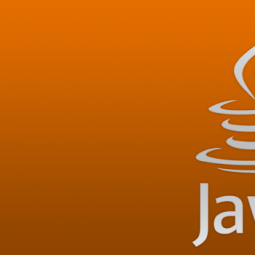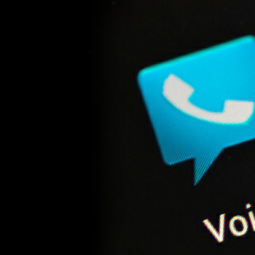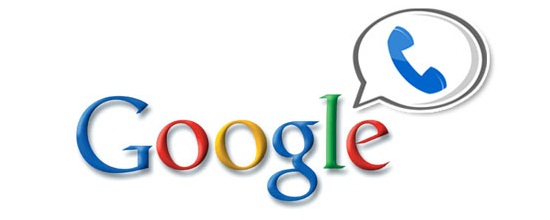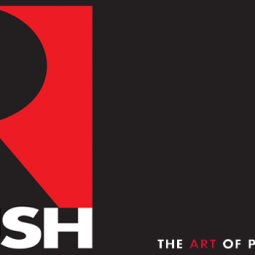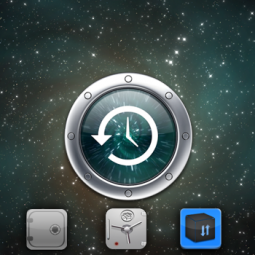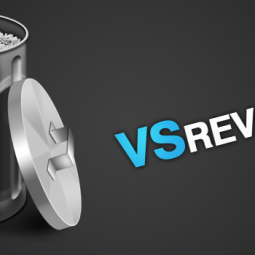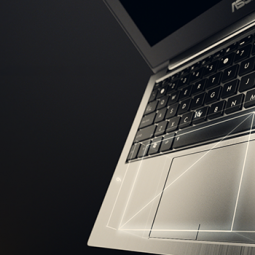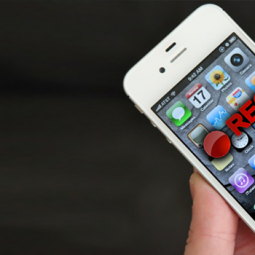One of the great advances in mobile technology is the ability for the average consumer to have mobile devices that are connected to the internet. The experts at Zintro consulting directory understand that having access to information in real time and in every day circumstances is an important tool for our daily lives. This is especially important to capture the commercial availability of mobile applications. One of the primary ways that mobile application developers fully integrate wireless devices with the internet is through Java.
Today, wireless devices process vast amounts of data from internet databases. Java is a great platform for employing the data processing power from mobile applications. It is a good platform for developing complex mobile applications because Java can be used on both wireless devices and other application platforms. One of the things that the Zintro consultant directory readily understands is that Java is independent of hardware and operating systems where the application is not native.
Java applications on computer operation systems can be too cumbersome for use in mobile systems. Conversely, mobile devices have limited hardware resources because of their size. Because of this, Java for mobile applications has been developed. This addresses the need that mobile devices have for a smaller memory usage and speedier executions. Quick execution speed is especially essential for mobile communication development.
Unlike applications that are based on browser usage and built around Wireless Markup Language and HTML, Java applications for mobile devices are good, flexible programs that can handle both input from user interfaces and extensive manipulations of data. In particular, this allows for better user interaction. In contrast to applications that are constrained by their respective platform, mobile Java applications are usable across various mobile platforms and can be sent over the internet. The consultants at Zintro understand that this is essentially vital for the mobile communications developer since it allows them to use their mobile application across a wide range of products. The marketplace is crowded with mobile devices, and the mobile application developer needs the flexibility and responsiveness to address shifting demand and attention.
Although there are a wide range of old existing mobile applications, Java ME remains a dominant mobile application development platform. Java programs use the Java programing language. Since Java is not specific to one platform, it uses an execution engine and a compiler with a set of libraries that are implemented for various hardware and operating systems. This enables Java applications to run identically on all of them. Because of the diversity of mobile devices, unified standards have been put in place that allow Java to run on mobile devices from different manufacturers. The experts at the Zintro consulting directory recognize that the development of these standards has followed the evolution of mobile devices, from the first standards where there were small screen sizes, no audio access, and a 32 kB program limit to the newer standards that allow audio and have a maximum 64 kB program size.
Mobile applications and mobile development are essential to the changing face of technological needs in commerce. Having the flexibility to address these changes has allowed Java to become the go to platform for mobile application development.
This article was submitted through TechGeec’s article submission form.
Susan Shelley writes for tech blogs where you can find out more about the Zintro consultant directory.
